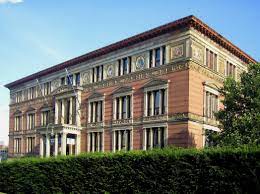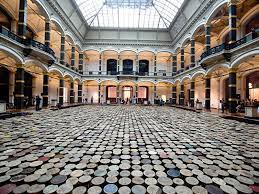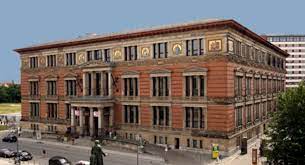Gropius Bau Berlin
Audio Guide Gropius Bau
The Martin-Gropius-Bau Museum is a well-known and important art institution and exhibition complex in Berlin. It is named after Martin Gropius, a German architect and one of the founders of the Bauhaus School of Arts and Crafts.
Bauhaus is a historic school and movement in design, architecture, and art that existed in Germany from 1919 to 1933. Bauhaus had a significant influence on modern art and design and is considered one of the key directions in the history of modern architecture and design.
The history of Bauhaus is associated with the idea of uniting art and craftsmanship, creating functional and modern design objects, and using innovative materials and production methods. The main idea was to create a unified center for teaching art and craftsmanship, where artists, architects, and designers could work together to develop modern design concepts.
Famous artists and architects such as Wassily Kandinsky, Paul Klee, Laszlo Moholy-Nagy, Marcel Breuer, Walter Gropius, and many others worked at Bauhaus as both teachers and students.
Despite its innovative ideas and influence on modern design, Bauhaus faced political and ideological conflicts in Germany and was closed in 1933, after the Nazis came to power.
So, Martin Gropius-Bau, whose real name is Martin Carl Friedrich Gropius, was a German architect and an important figure in the history of architecture. He was born on December 11, 1825, in Berlin, and passed away on July 13, 1880. Martin Gropius is known for his contributions to the development of architecture and art in Germany and the world.
Gropius worked on the design and construction of various buildings, including schools, museums, and houses. His works often featured a modern style and unique use of materials. He also served as a teacher and director of various educational institutions and architectural schools. His influence on education and art was significant.
Martin Gropius left a significant legacy in the world of architecture and design. His works and ideas continue to inspire art historians, architects, and designers around the world.
The name of Martin Gropius was used to name the museum in Berlin, which serves as an exhibition space and a venue for cultural events.
The museum building was constructed in 1881 and has a rich history of organizing exhibitions and cultural events.
In 1999, this museum hosted a famous exhibition called "Matisse and the Blood." This exhibition focused on the life and work of the French artist Henri Matisse and included many of his works. Within this exhibition were pieces from Matisse's personal collections, including works that had never been shown to the public. This exhibition attracted significant attention from art historians and the public, becoming one of the most important and successful exhibitions in the history of the Martin Gropius-Bau Museum. It had a profound impact on the understanding and perception of Matisse's art and became part of Berlin's art history.
It's important to note that the Martin-Gropius-Bau regularly hosts exhibitions of various topics and art styles, creating unique stories and experiences for visitors.
The museum building itself is an architectural work of art and a historical monument. It combines various architectural styles and elements.
The complex also serves as a place for research in the field of art and culture, and its events often attract professionals and the public.
The Martin-Gropius-Bau is located in the center of Berlin, making it a convenient place to visit for both tourists and residents of the city.
Other sights
-
Alexanderplatz
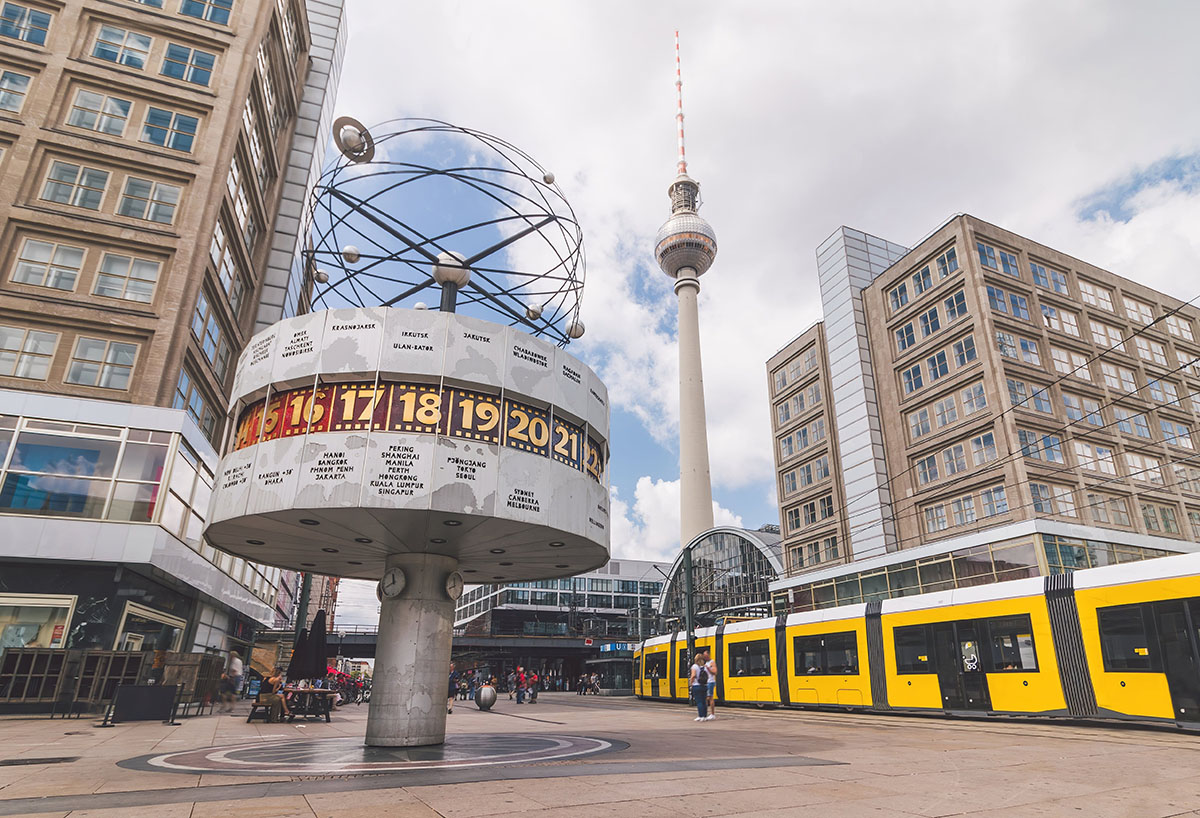
-
Berliner Mauer
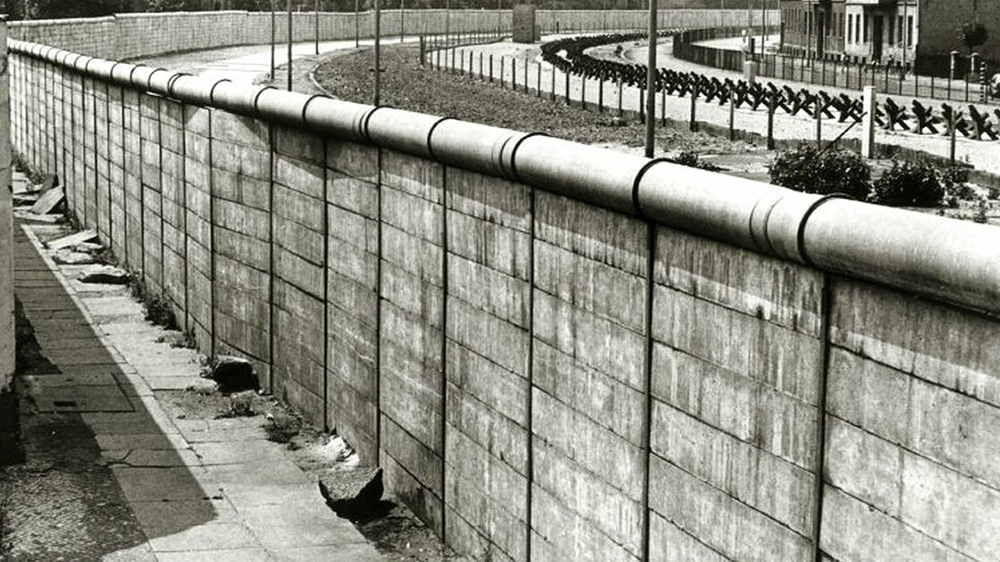
-
Brandenburger Tor
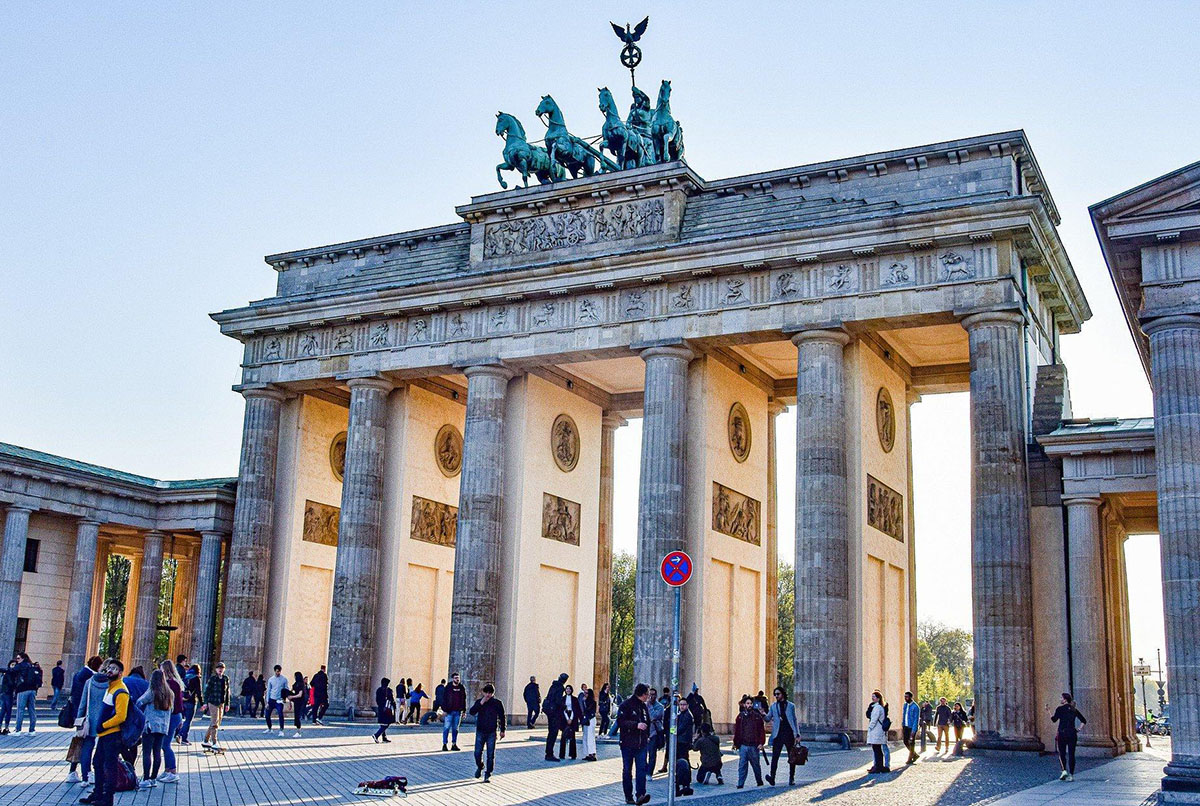
-
Checkpoint Charlie
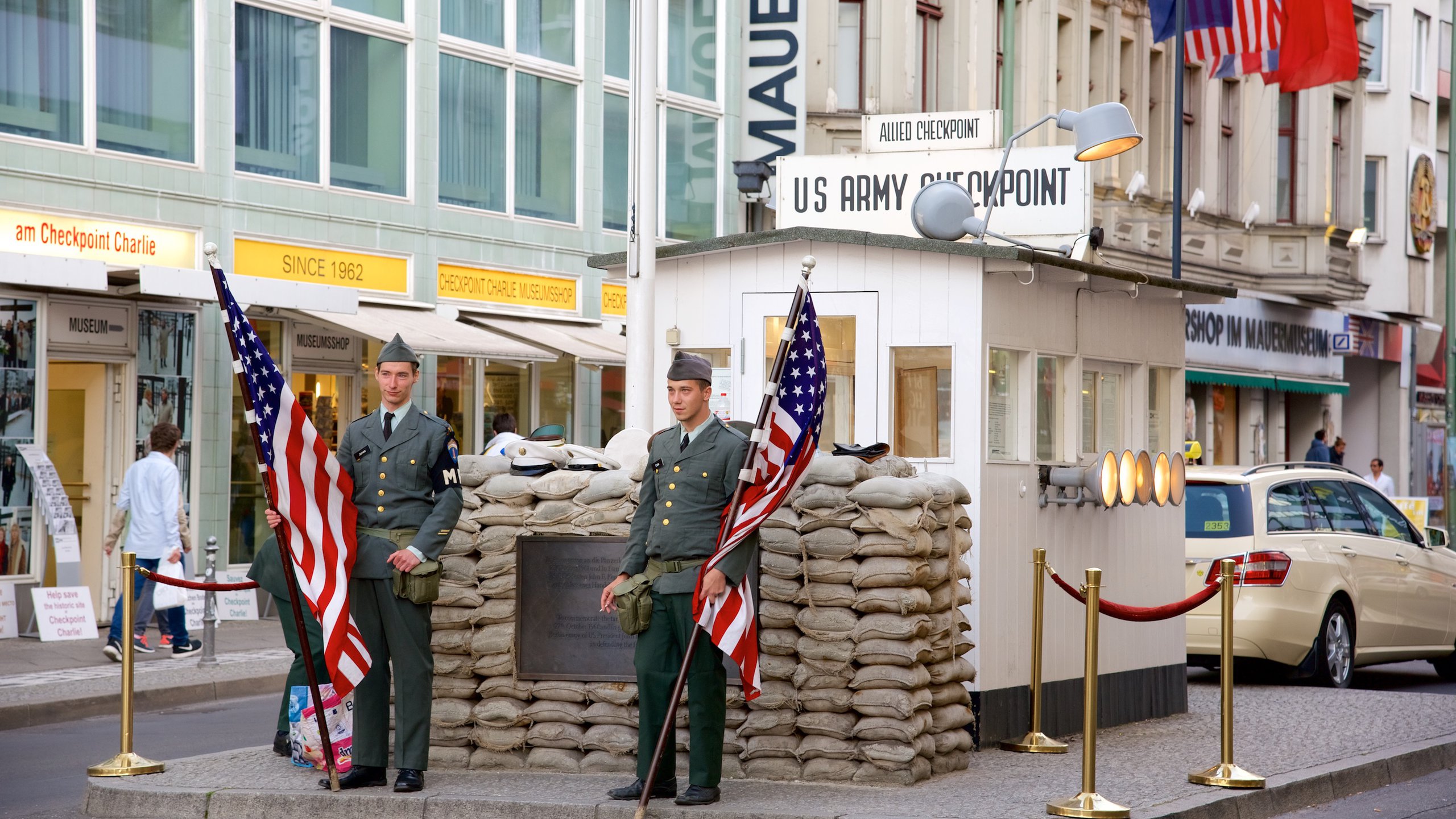
-
DomAquarée
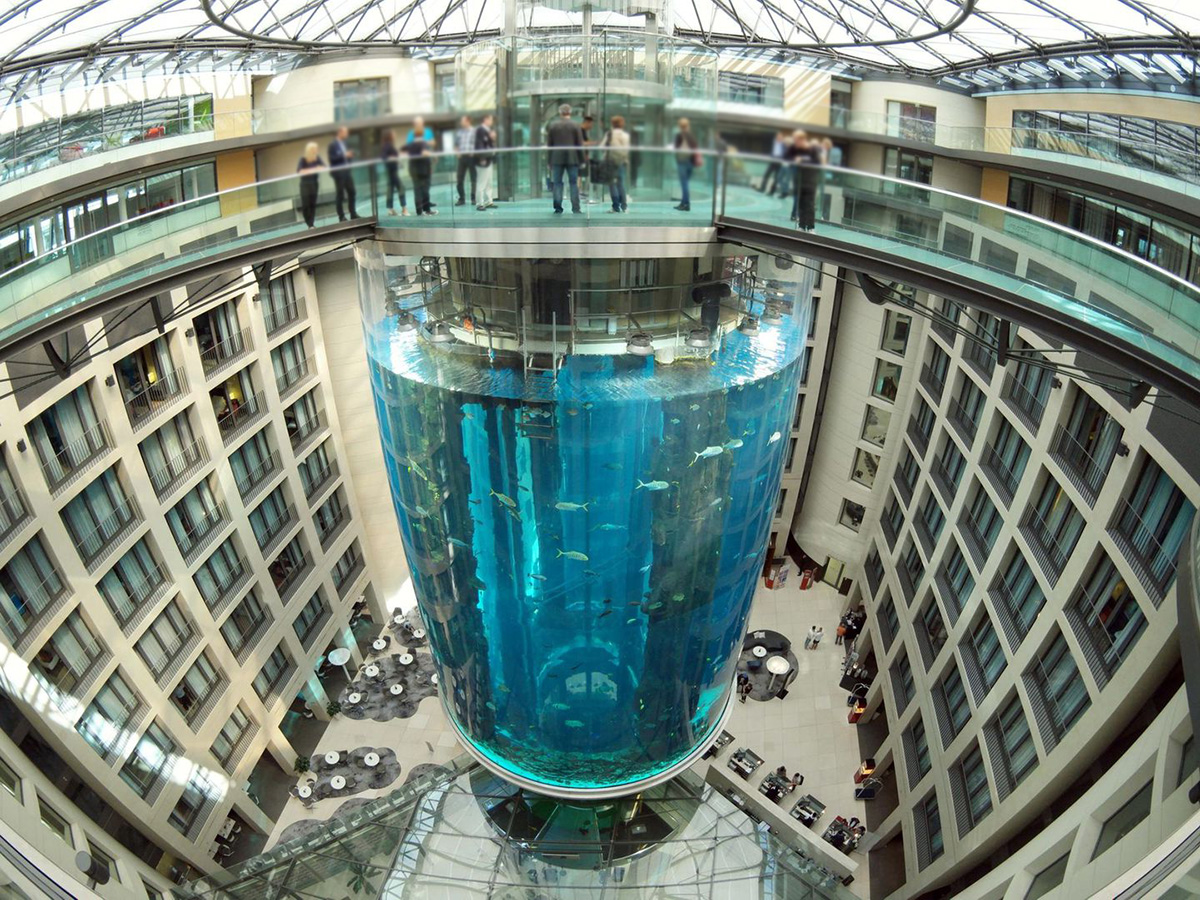
-
East Side Gallery

-
Elefantentor / Zoo
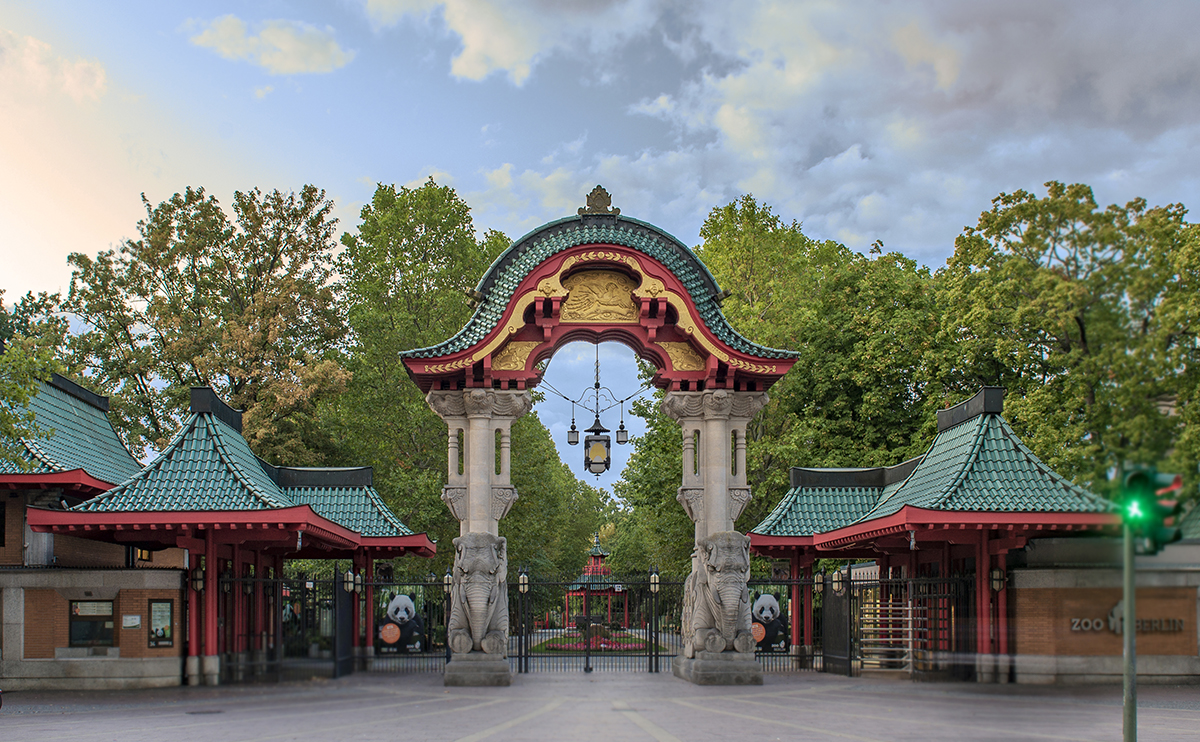
-
Friedrichstrasse
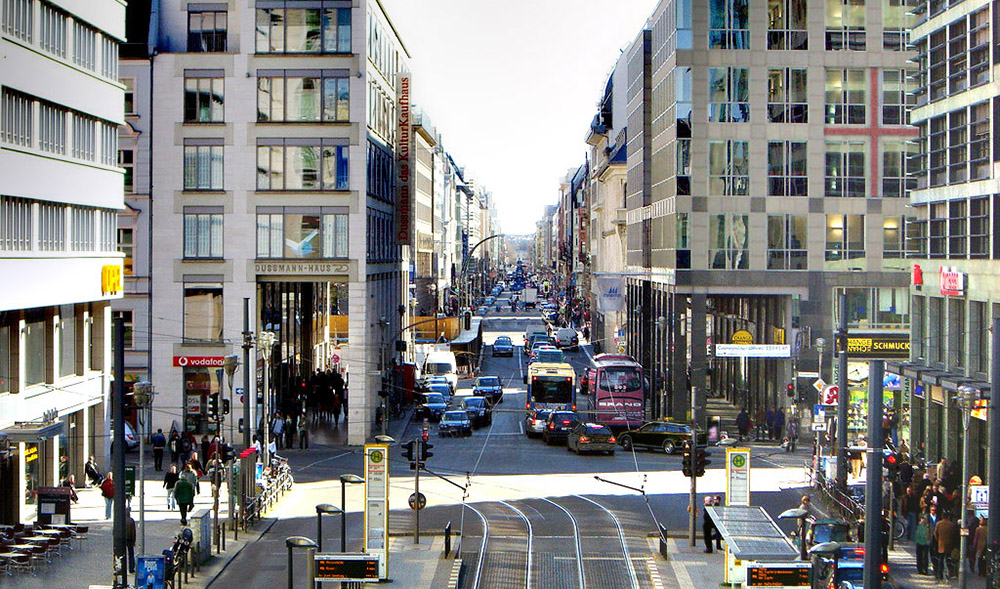
-
Gedächtniskirche / Rankestraße
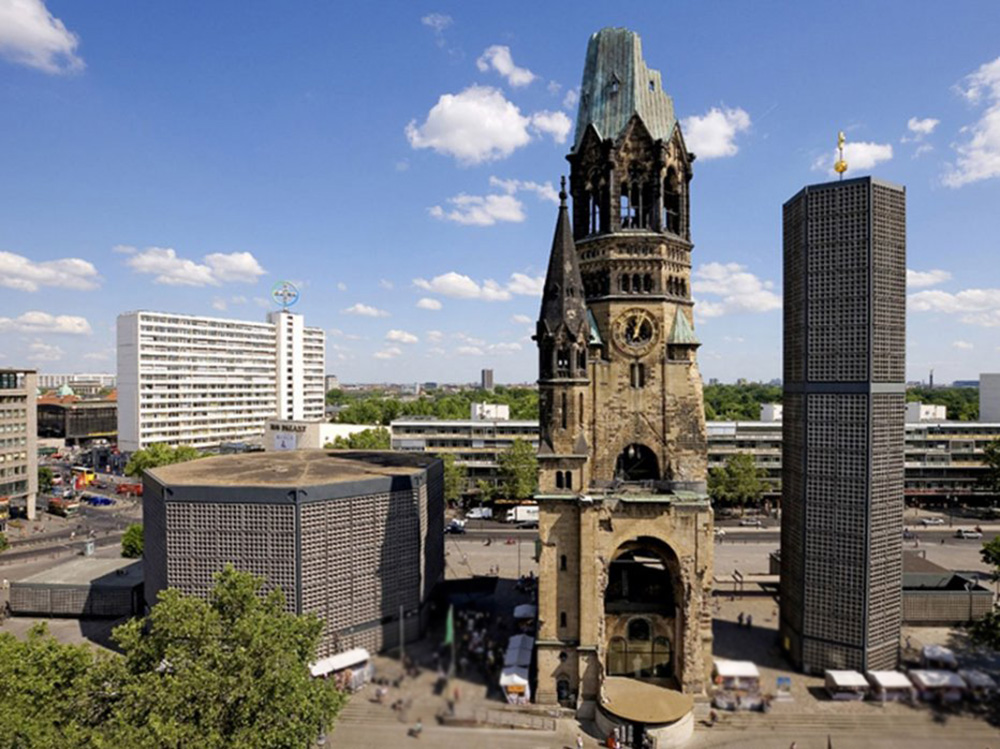
-
Gendarmenmarkt
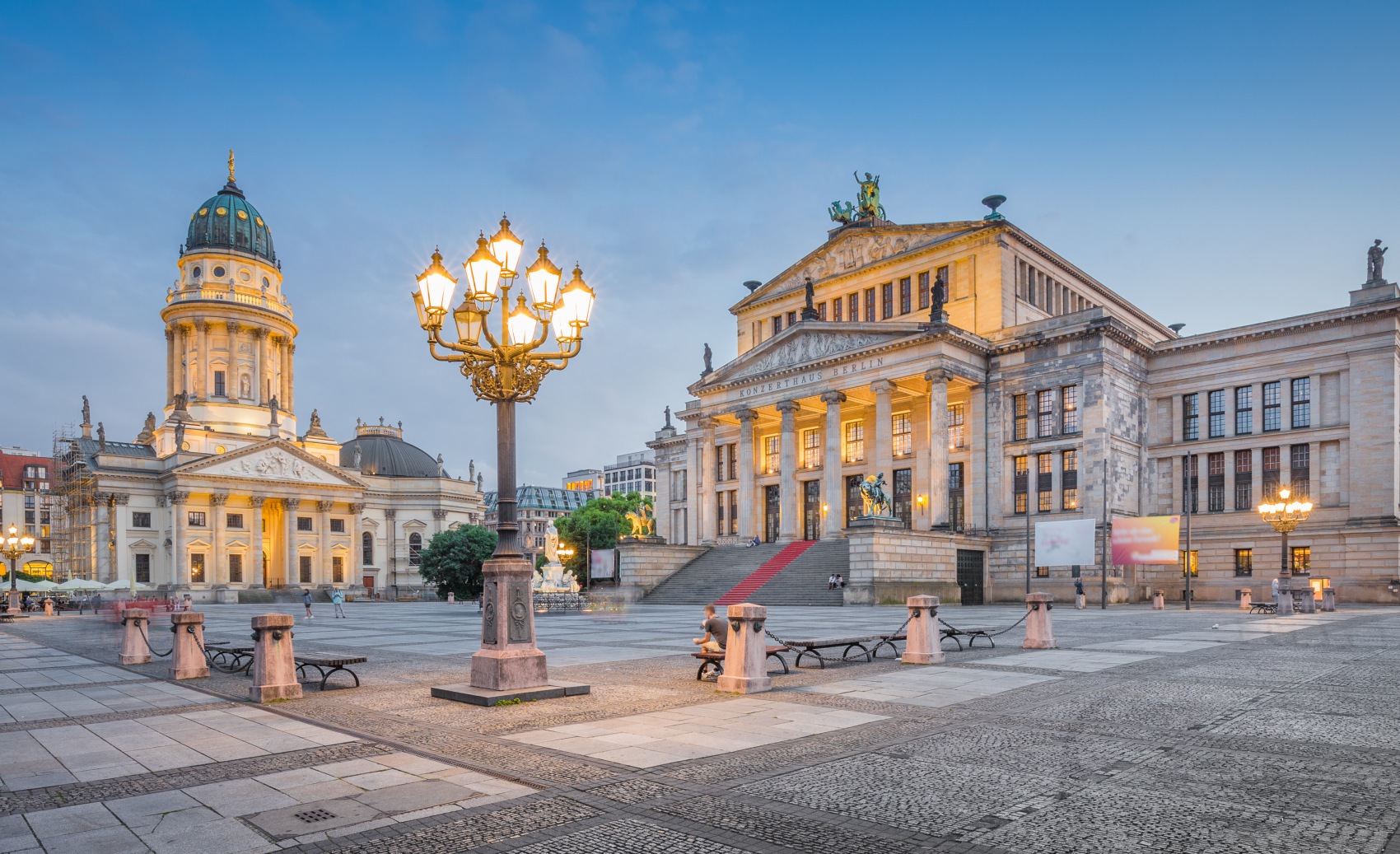
-
Hard Rock Café / Meinekestraße
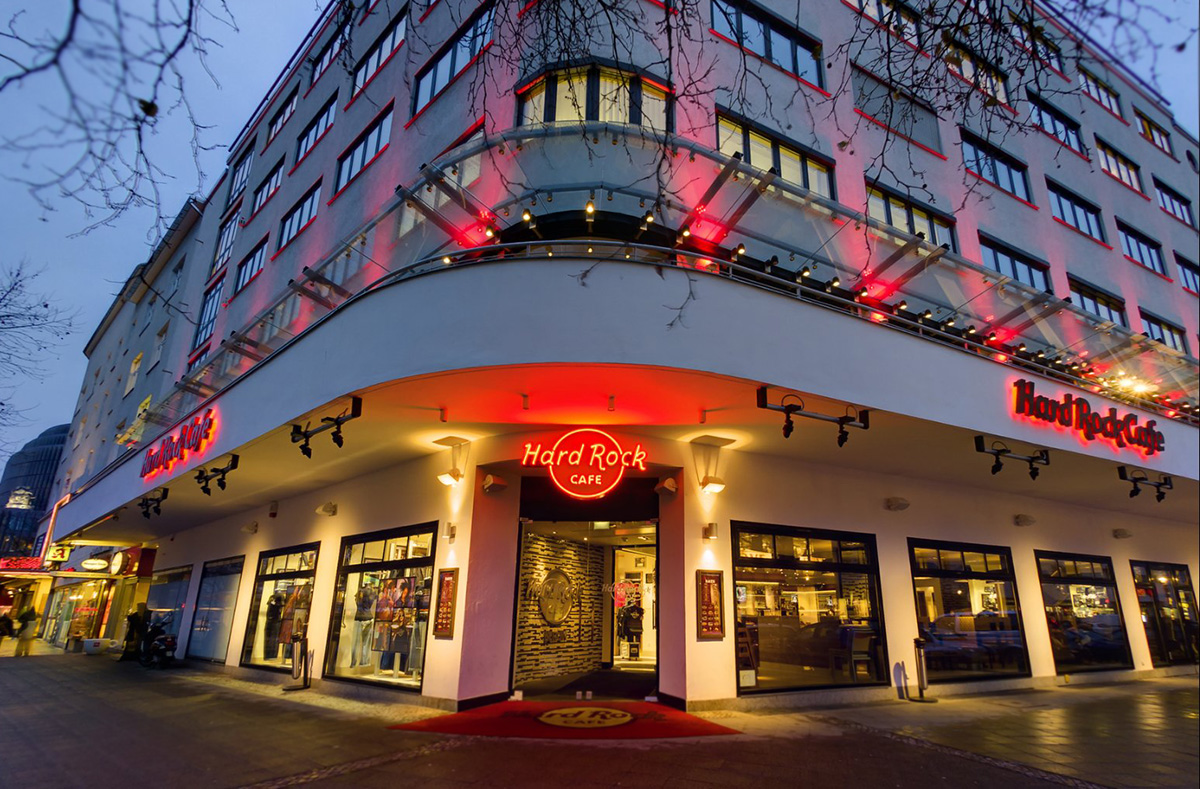
-
Hauptbahnhof
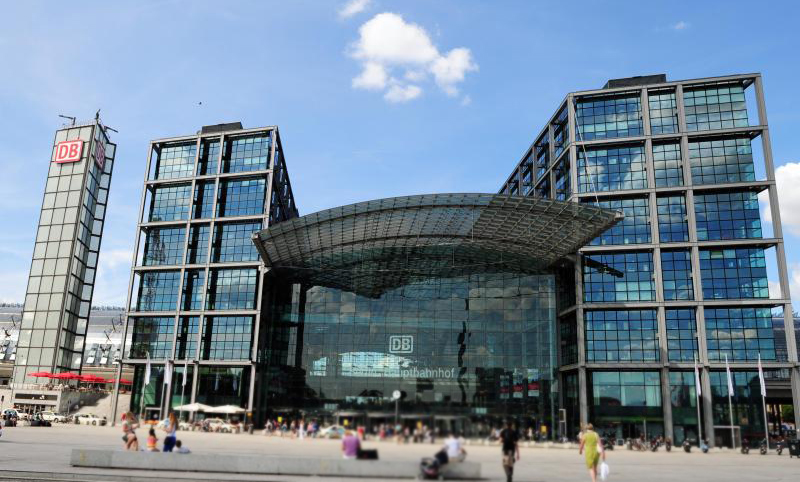
-
Haus der Kulturen der Welt
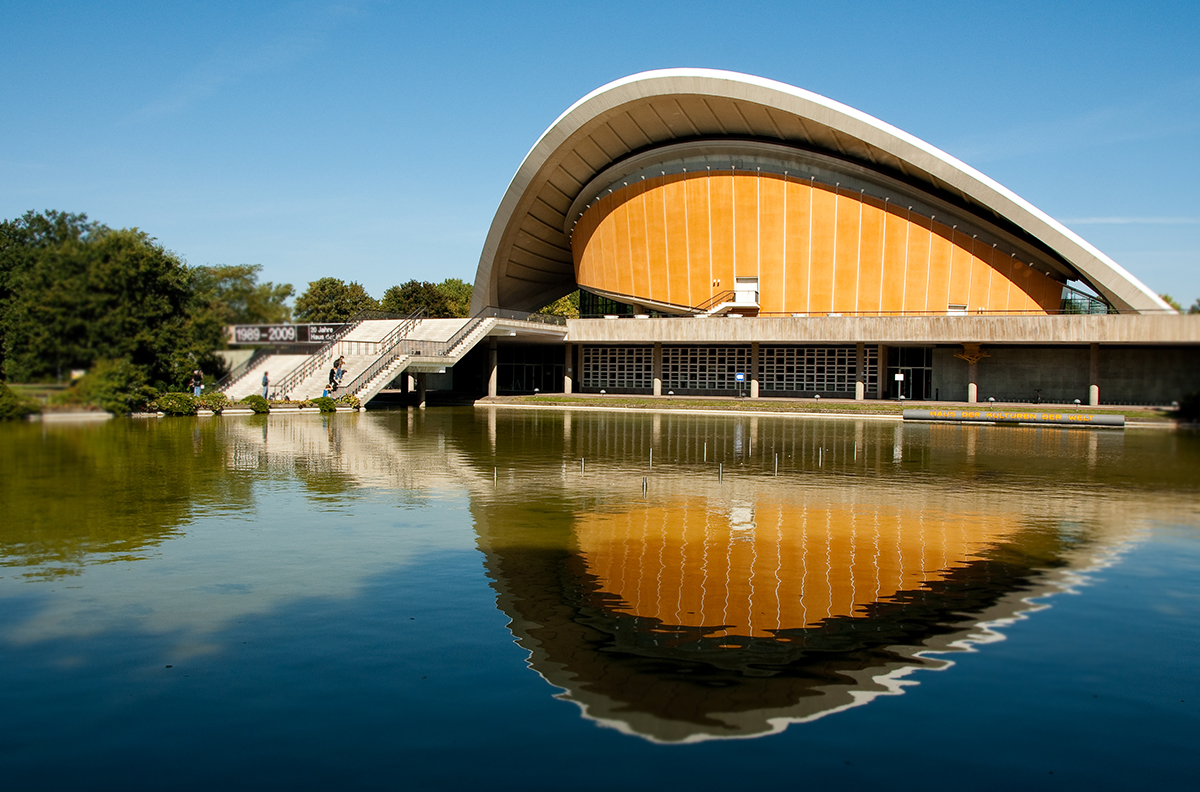
-
KaDeWe
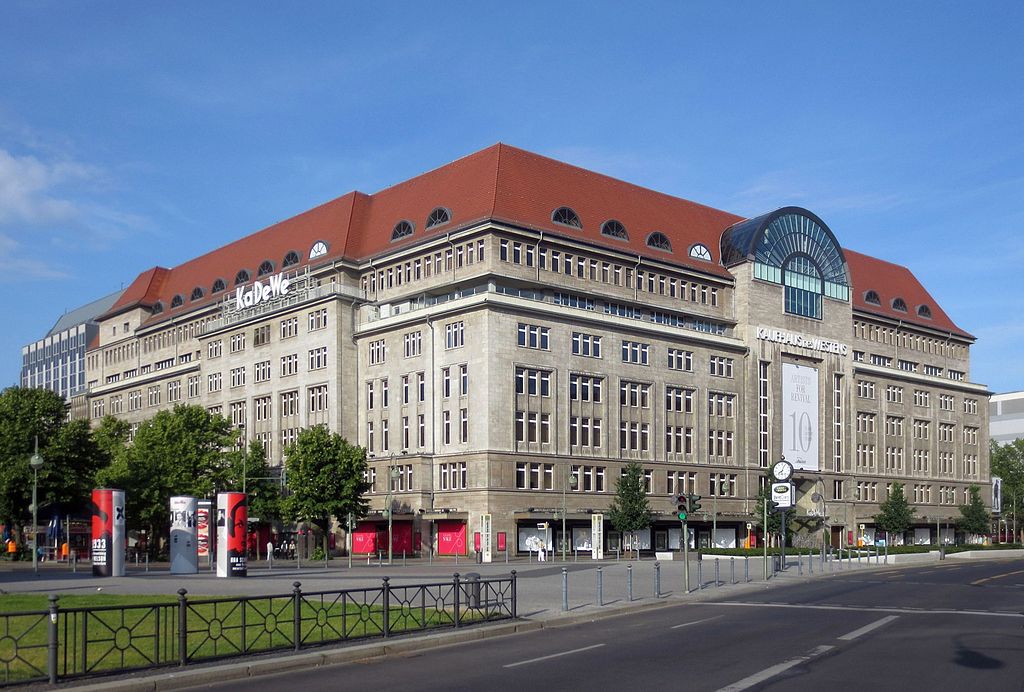
-
Karl-Marx-Allee
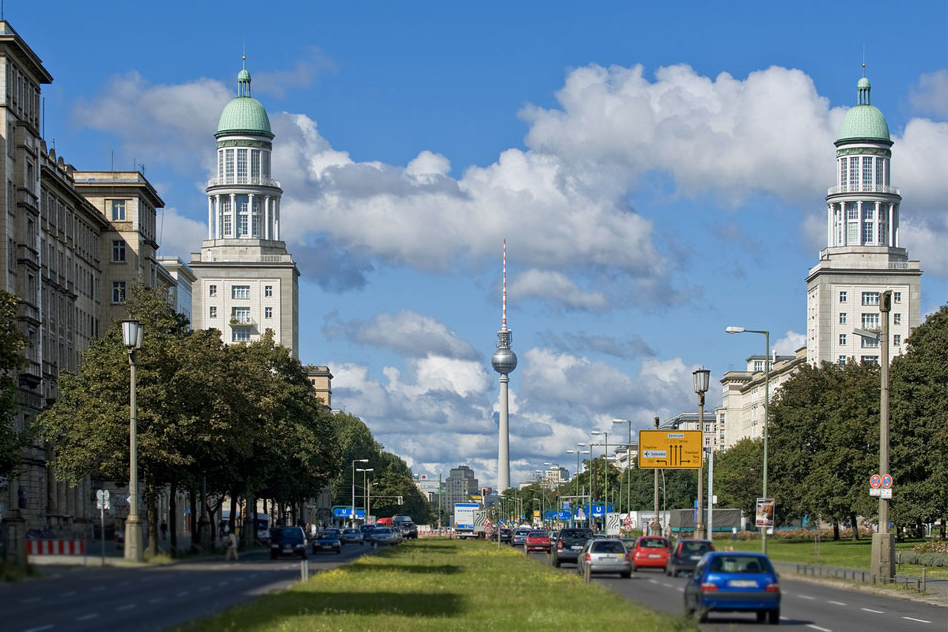
-
Kranzler
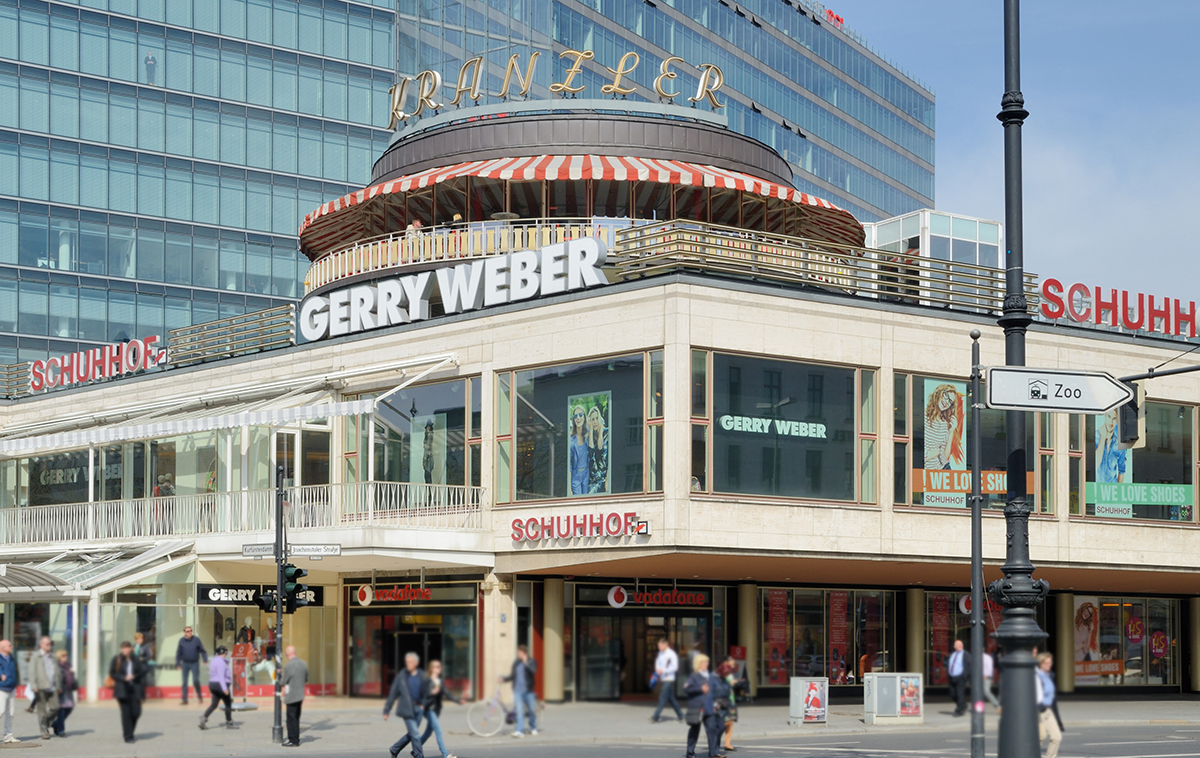
-
Ku Damm (Kurfürstendamm)
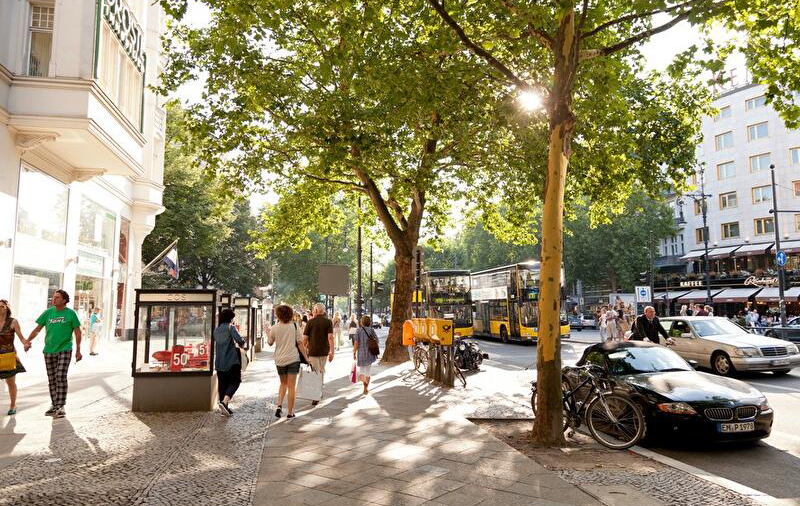
-
Kulturforum Tiergarten
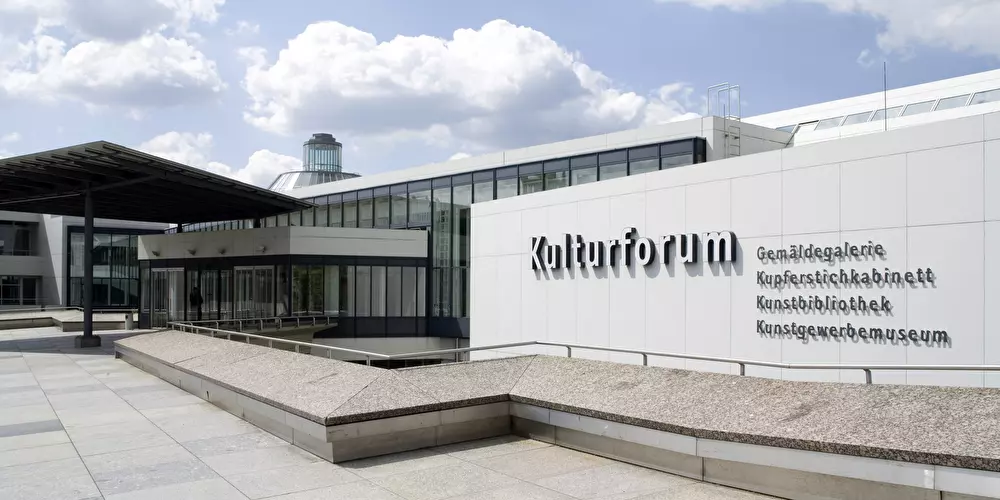
-
Kurfürstendamm 236 (Marmorhaus)
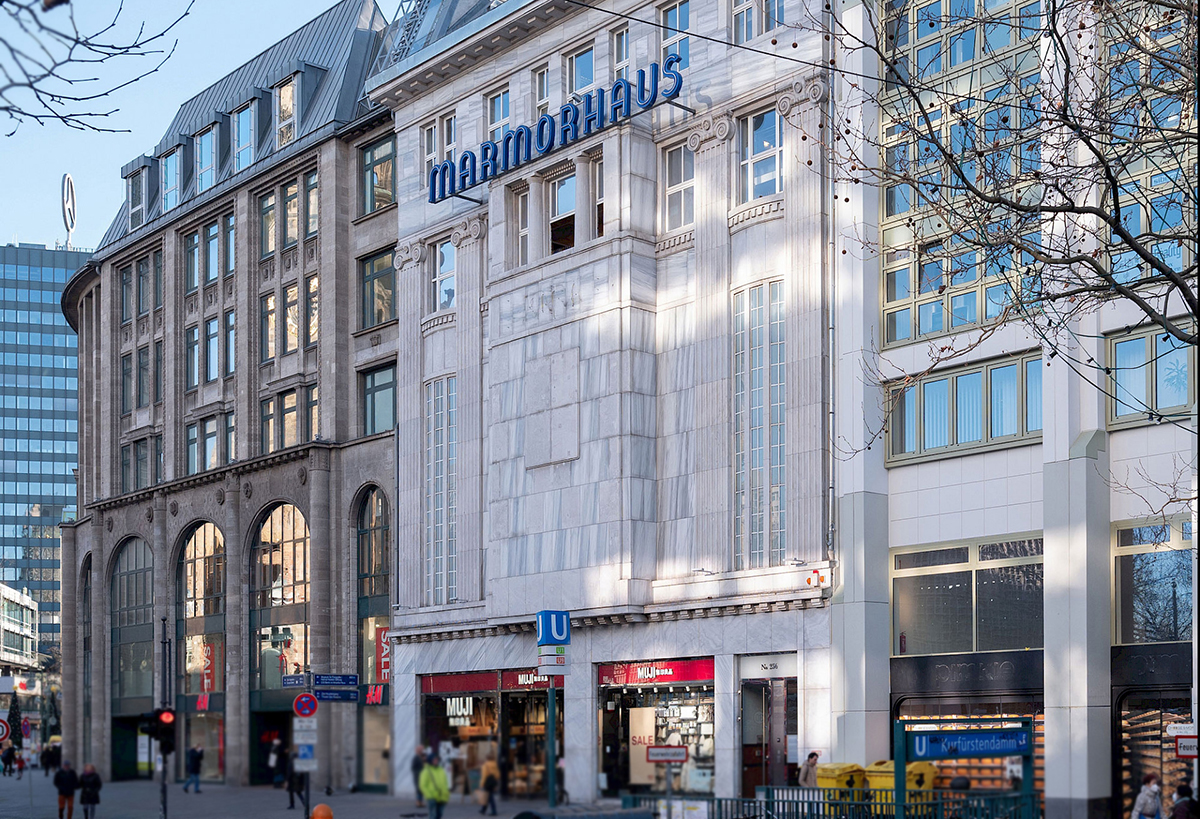
-
Lustgarten
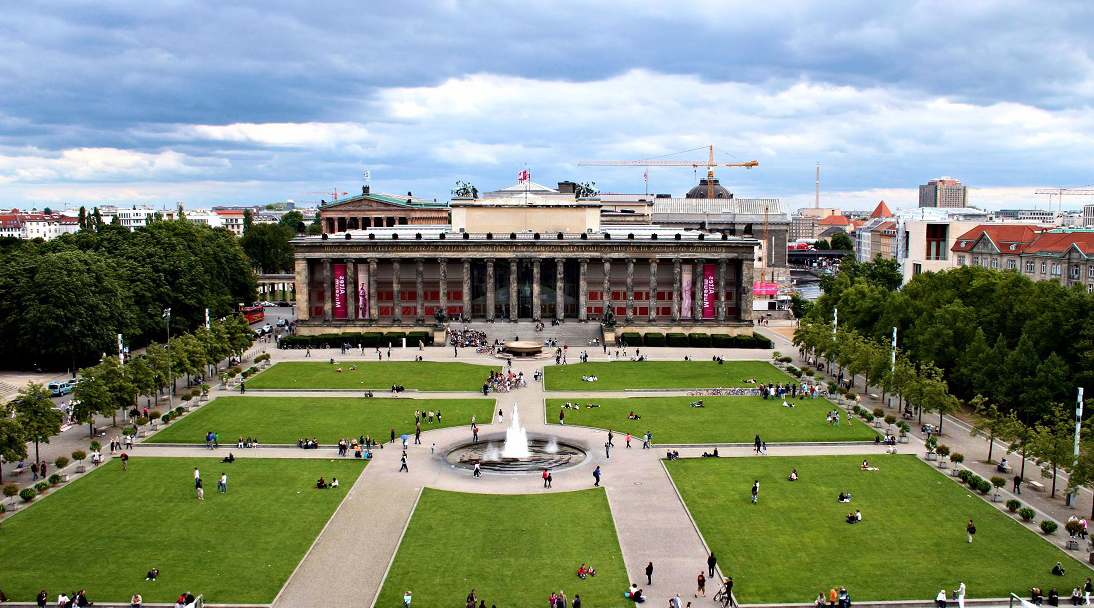
-
Lützowplatz
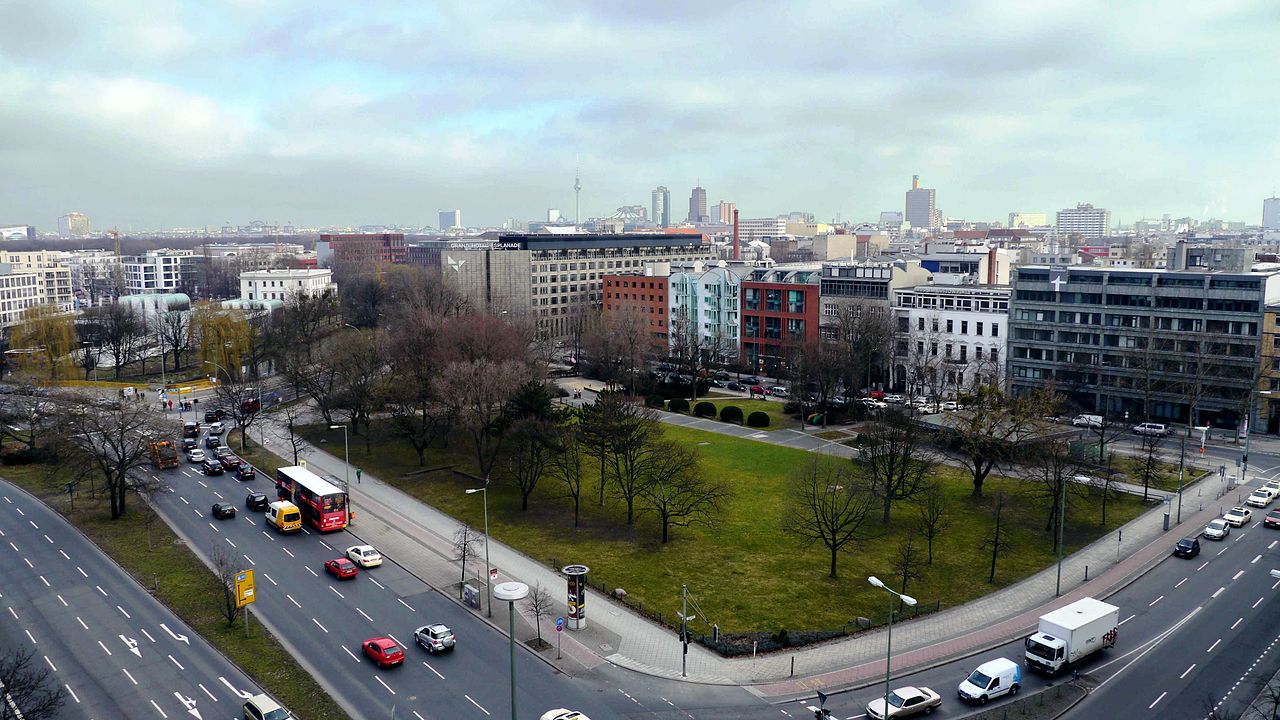
-
Museum Island / Museumsinsel
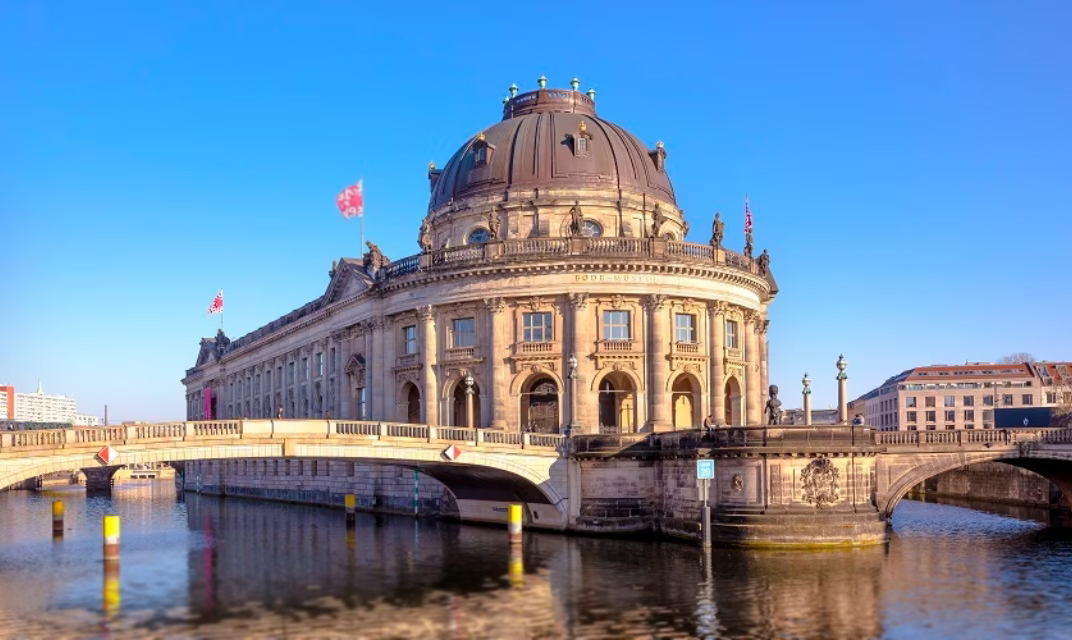
-
Neptunbrunnen / Rotes Rathaus
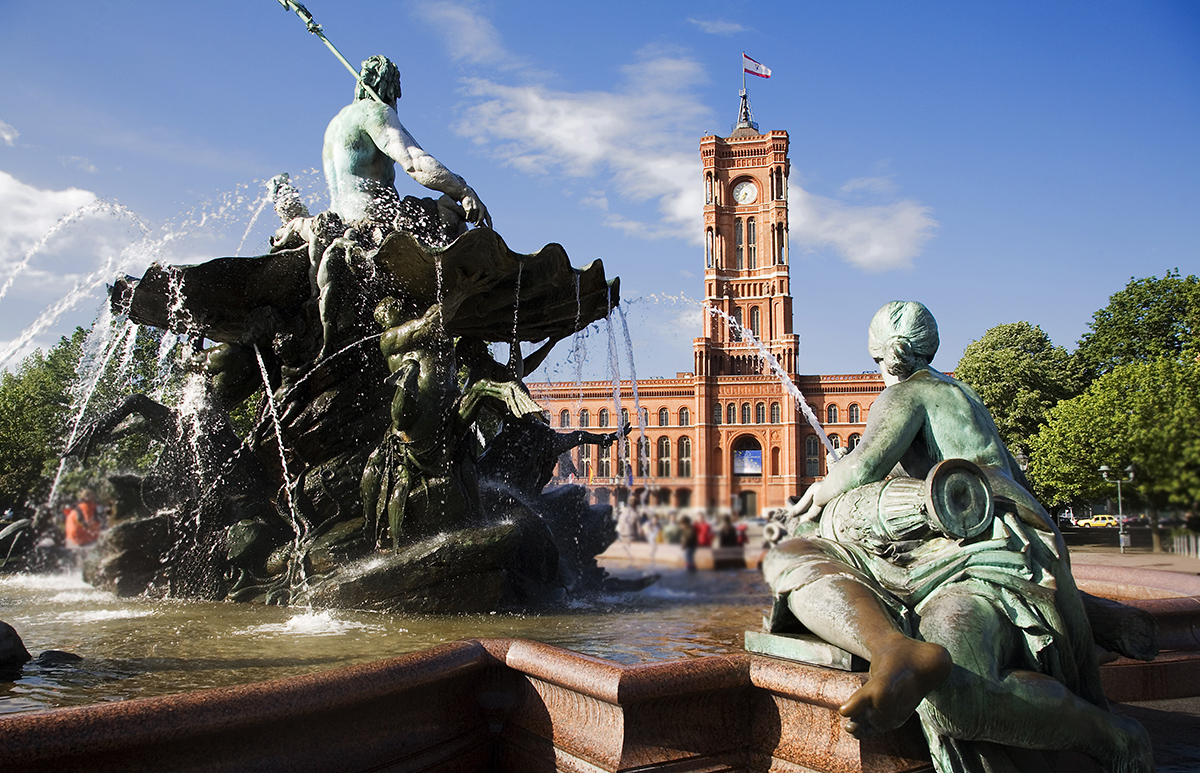
-
Ostbahnhof
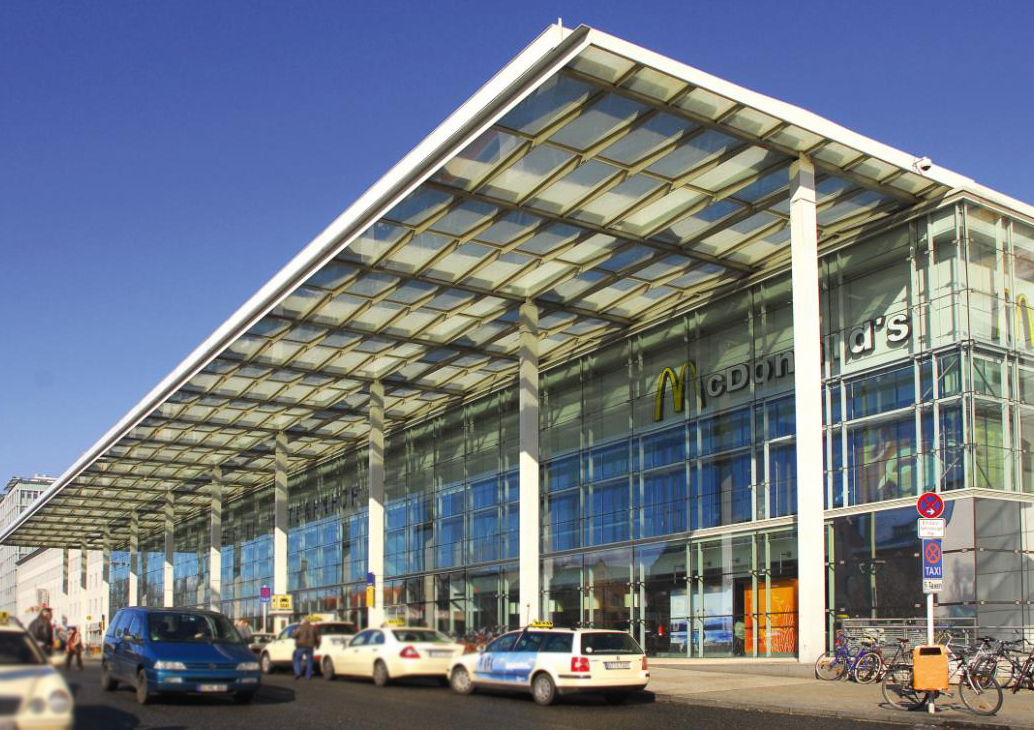
-
Potsdamer Platz / Hist. Ampel
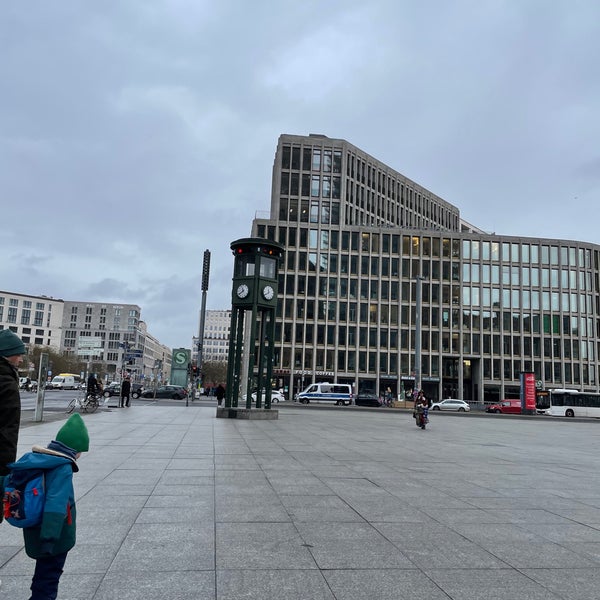
-
Reichstag
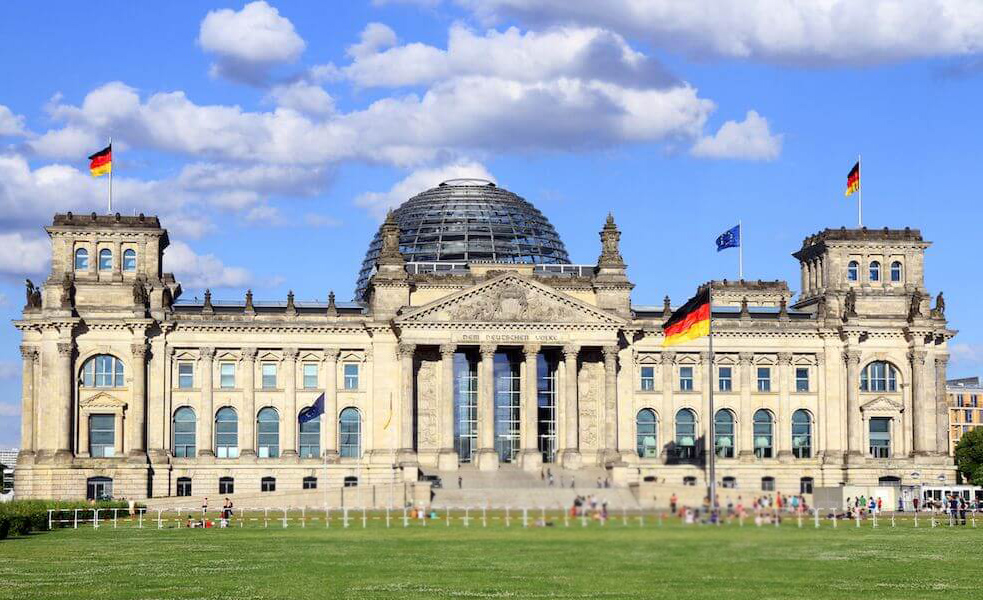
-
Rotes Rathaus
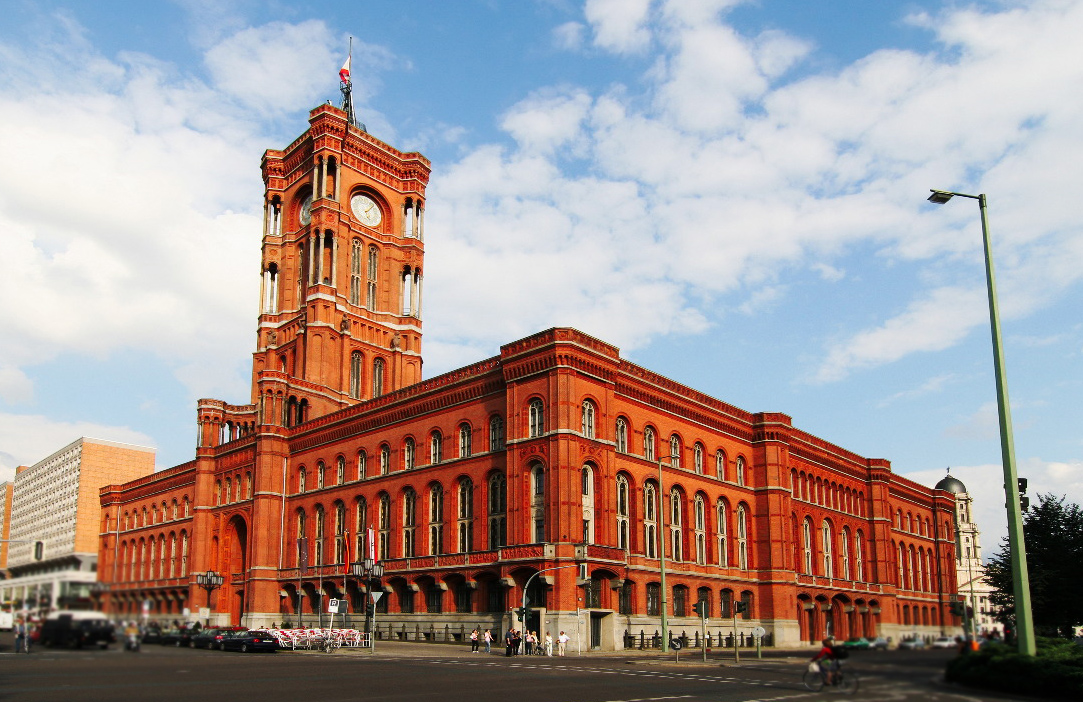
-
Schloss Bellevue

-
Siegessäule
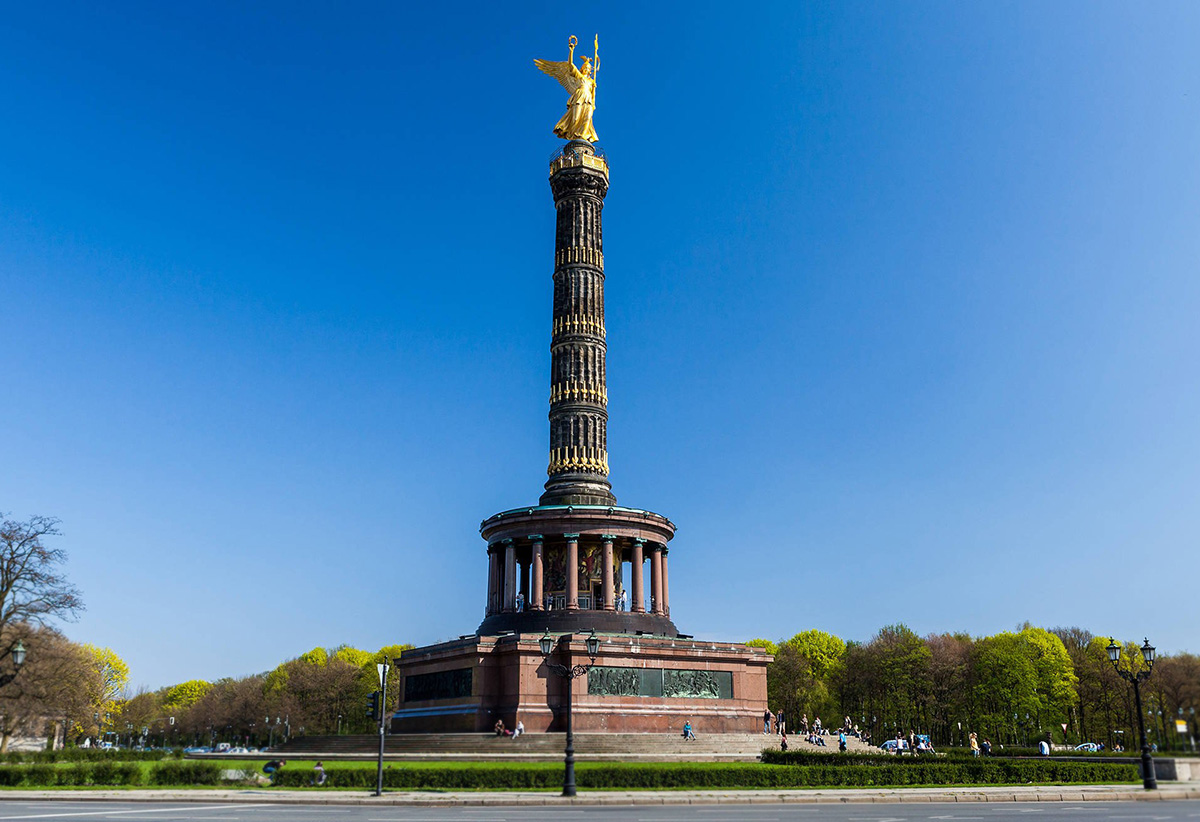
-
Tauentzienstrasse
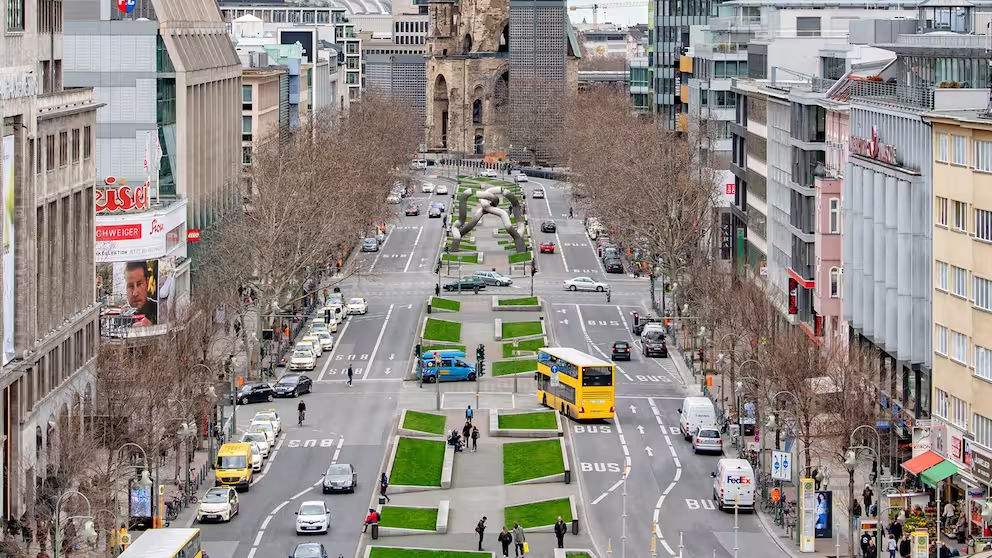
-
Unter den Linden / Friedrichstraße

